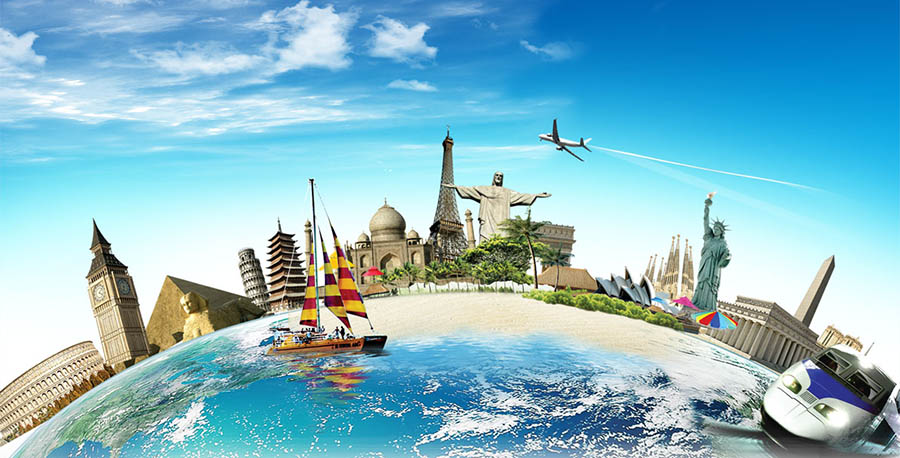The World’s 12 Best Places To Live Or Retire In 2016
The secret to taking control of your retirement in 2016 and making this phase of life a grand adventure, even if your retirement nest egg is modest, is expanding your horizons. Take your retirement global and you can maximize your quality-of-life return for every dollar spent.
Here are your 12 best options for where to retire overseas this New Year:
1. Algarve, Portugal
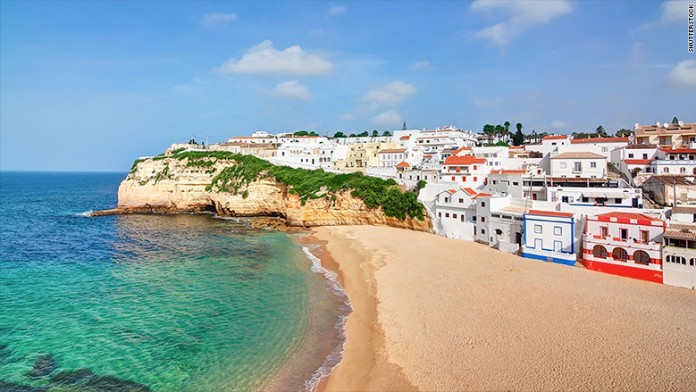
For the third year running, Algarve, Portugal, is our pick for the world’s best place to retire, thanks to its low cost of living, low cost of real estate, great weather, established expat community, user-friendly and low-cost retiree residency program, and endless options for how to meaningfully fill your days and evenings.
In addition, you can get by speaking only English (thanks to the region’s strong historic and cultural links with England), and I’d say that the stunningly beautiful Algarve coast is one of the safest places on earth right now.
The Algarve is home to more than 100,000 resident foreign retirees, all here embracing the best of Europe, from medieval towns and fishing villages to open-air markets and local wine. This is a land of cobblestoned streets and whitewashed houses with lace-patterned chimneys, surrounded everywhere by fig, olive, almond, and carob trees.
2. Cayo, Belize
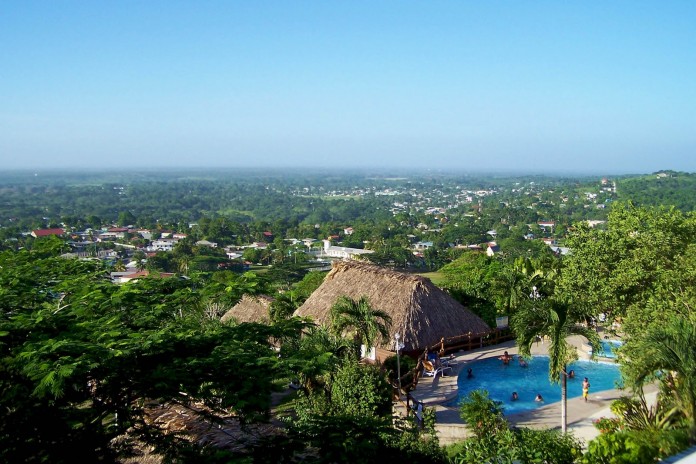
Belize is one of the quirkiest countries in the world. Geographically, Belize is in Central America, yet its strongest ties are to the English-speaking Caribbean. Belize is Caribbean, Central American… and, thanks to its history as a former colony, British. Belize City’s roadways are built around a system of roundabouts, but shops alongside them sell rice, beans and tortillas still ground by hand.
Everyone you meet speaks English (it’s the country’s official language), but this belies the stories of their origins. The 350,000 people populating Belize today are descendants of migrants from Britain, yes, but also, more so, the surrounding Central American countries. You’ve got Mexicans, Guatemalans, Hondurans and Nicaraguans mixed with current-day generations of the Maya who originally inhabited this land, the pirates who came later, the Mennonite farmers who began arriving on the scene in the 16th century, the British who ruled until 1981, and each other.
Belize is a nation of independent thinkers and doers, a country where you make your own way and where, while you’re doing it, no one, including the Belize government, is making any attempt to thwart your efforts. This is a poor country. The government doesn’t have enough money to get up to any real trouble.
3. Medellin, Colombia
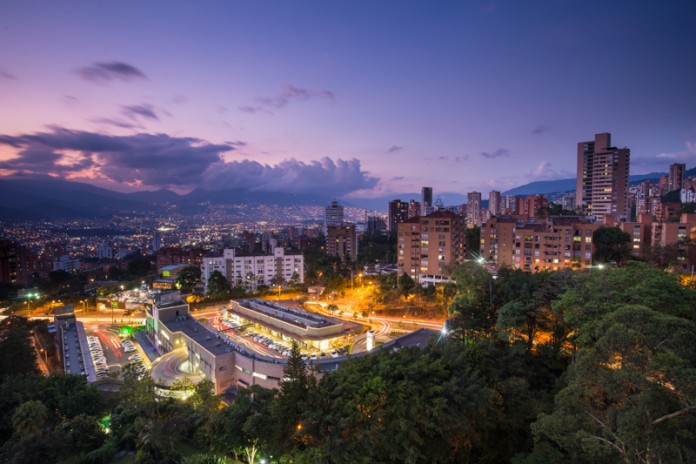
Twenty years ago if you told suggested that drug- and crime-ridden Medellín would be cleaned up and considered one of the world’s best places to retire just two decades later, no one would have believed you. But that is the case.
Medellín is not only no longer unsafe or unsavory, but it is establishing a name for itself as one of the world’s most progressive cities. In 2012, The Wall Street Journal made it official by naming Medellín the Most Innovative City in the world for that year.
What makes Medellín so innovative? It is a combination of unique public transit infrastructure, well-used and much-loved public spaces, and the accessibility of technology and Internet throughout the city. In addition, Medellín is a city of parks and flowers, pretty, tidy, and architecturally pleasing. Most every building is constructed of red brick and topped with red clay roof tiles. The overall effect is delightful.
Medellín is both an industrial, economic, and financial center for this country and a literary and artistic one. Newspapers, radio networks, publishing houses, an annual poetry festival, an international jazz festival, an international tango festival, an annual book fair, and, back in 1971, Colombia’s answer to Woodstock, the Festival de Ancon, all have chosen Medellin as their base.
4. Pau, France
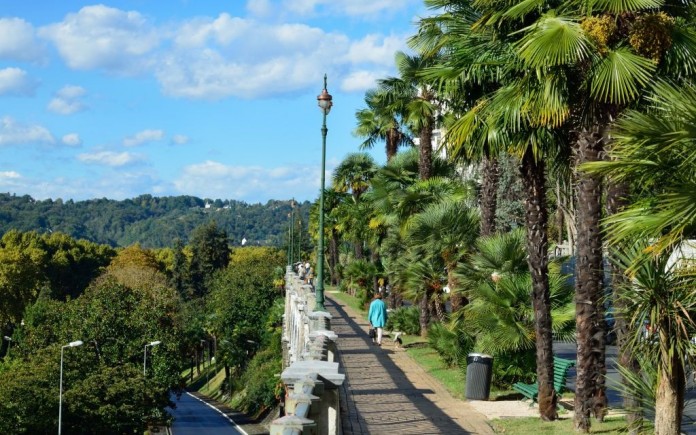
No border marks the entry to the Basque region, but you’ll know when you’ve entered this part of France. The most obvious change is the architecture. Every house is painted white with accents of Basque red. You buy the paint at any Home Depot-type store; the can will be labeled “Basque Red.” In this part of the world, there’s just one red. This collective approach to home decor has the effect of making everything appear pristine and cared for. The Basque people also have their own language, music, dance, sport, cuisine (one of the best in France), myths, flag, and even alphabet typeface.
France’s Basque region is made up of seven provinces that sit astride the French-Spanish Atlantic border. The geography is intense, bringing to mind a young child’s drawing of the countryside where every type of geographic feature is squeezed onto one sheet of paper. Small steep valleys, rolling hills, towering mountains, meandering rivers, a wild coastline, forests and woodland, all crammed into about 31,000 square feet and all gloriously green and lush.
5. Abruzzo, Italy
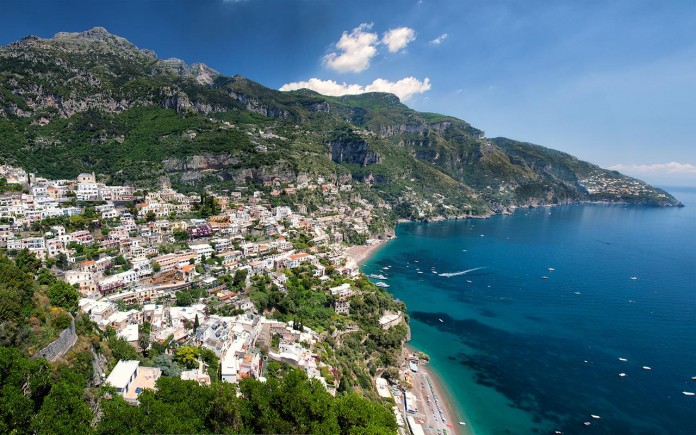
It’s hard to think of a lovelier corner of Italy than the Abruzzo. The beaches are golden, and the sea rolls out like a giant bolt of turquoise silk. There are mountains, too, meaning that, living here, you’d have both skiing and beach-combing on your doorstep, depending on the season.
This region is one of Italy’s secret treasures. No over-crowding, no heavy industry, only castles, vineyards, and villages made of stone. Life in the Abruzzo hasn’t changed much over the years, and exploring here is like wandering into a gentler, kinder yesterday, a time with little or no crime and neighbors who watch out for one another.
Old ladies in pinafores bring their chairs outside and sit in gossipy groups, stringing onions into plaits. Instead of playing computer games, young boys are outside playing soccer. Families shop at open-air markets, not hypermarkets, and if they don’t produce their own wine, they buy it from local vineyards.
Relatively unknown to foreign visitors, the sparsely populated Abruzzo is where central Italy merges into the languid realms of the deep south. Even though many parts of the area are only an hour’s drive from Rome, it clings onto its secret feel.
6. George Town, Malaysia
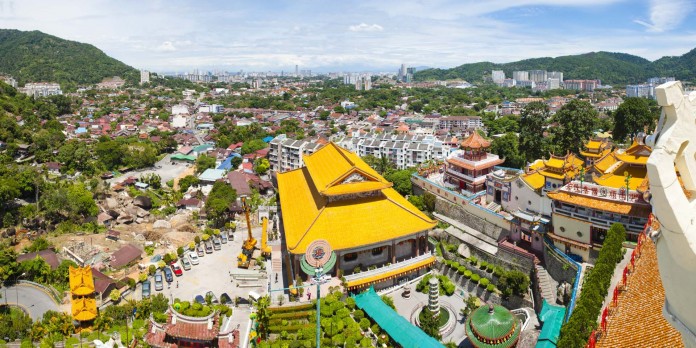
Penang in general and George Town in particular have a great deal to offer the would-be expat and foreign retiree. The natural surroundings are beautiful, and you have many options for how to spend your time. In addition, Malaysian immigration laws are welcoming, including for retirees. For these reasons, thousands of foreigners, both working and retired, have settled in the area, creating a network of support for others who’d like to follow in their footsteps.
Historic George Town, the capital of the state of Penang, got its start in the 18th century, when the British established a colonial outpost to control trade in the Straits of Malacca and exploit a thriving opium market. Commerce prospered and, by the 19th century, George Town had developed a busy financial district, an active seaport, and scores of wholesale shops. Immigrants flooded the town hoping to improve their fortunes.
7. Las Terrenas, Dominican Republic
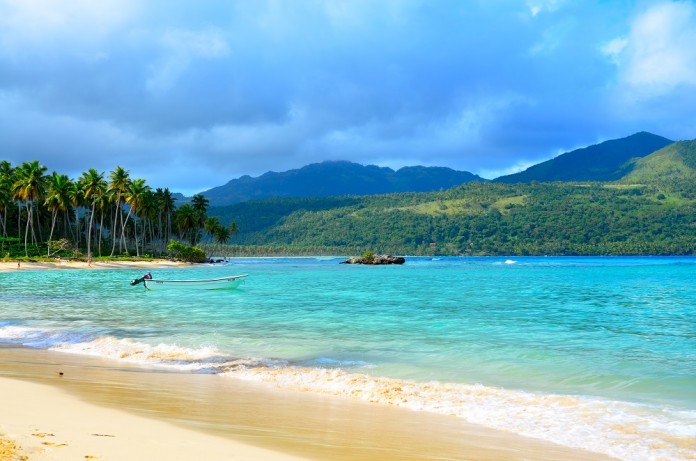
The final landing place in the New World for Christopher Columbus and his crew in 1493, today the Dominican Republic is a white-sand haven that is surrounded by warm turquoise waters and enjoys year-round sunshine. This affordable island paradise boasts not just beaches—both remote and resort—but also virgin jungle and mountain hideaways (often with ocean views).
The Dominican Republic is the Caribbean but more, a melting pot with an eclectic population and a diverse history informed by Afro-Antillean, European, North American, and Latin cultures. This not-so-little island is one of the most affordable spots in the whole of the Caribbean, a place where you could embrace a white-sand retirement even if your retirement nest egg is nothing more than a monthly Social Security check. If you can swing a travel budget, island-hopping around the Caribbean could be your new retirement hobby from this convenient base.
8. Cuenca, Ecuador
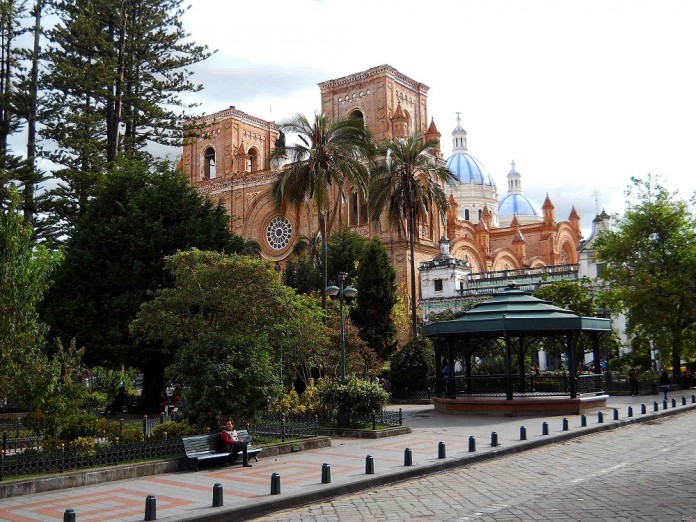
If you’re looking for to retire overseas on a budget and live better for less, Cuenca, Ecuador, can be hard to beat. This is a beautiful colonial city in a fascinating and diverse country. The historic center measures roughly 12 by 20 blocks, big enough to be interesting but contained enough to be manageable without having to invest in owning a car.
Many of the Spanish-colonial structures that line the streets of central Cuenca are given over today to cafes, restaurants, bars, and bookshops, operating alongside the traditional butchers, tailors, repair shops, and bakeries. At the heart of the city is the town square, anchored by the original cathedral at one end (dating to 1557) and the “new” cathedral at the other (dating to the 1800s).
9. Chiang Mai, Thailand
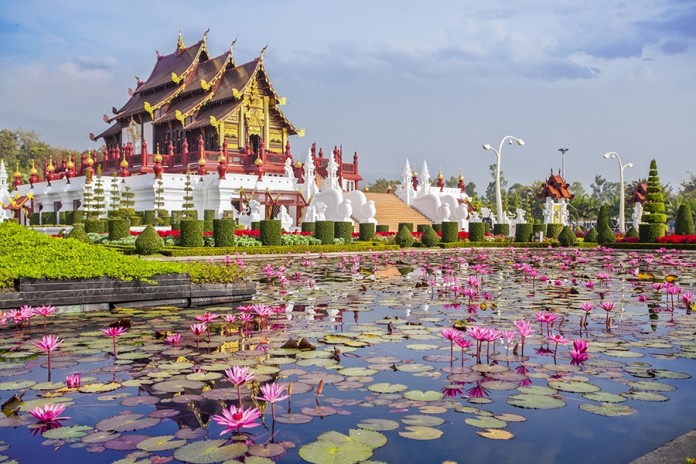
Thailand has some of the best beaches in the world, lush mountains and jungles, a laid-back, welcoming culture, and a foreigner-friendly infrastructure. Thailand also has one of the world’s lowest costs of living. For these reasons, tens of thousands of foreigners have settled in this country, including in Chiang Mai.
Chiang Mai offers not only a super low cost of living, as does Thailand in general, but also great weather, less typical in this country. The high-quality health care and health-related services are also big pluses for foreign retirees, as are the city’s modern infrastructure and abundance of Western amenities.
Chiang Mai is a place where it can be possible for foreign retirees to find work if they’re interested in supplementing their retirement nest eggs or simply looking to become involved in their new community; many Westerners are employed in Chiang Mai in language schools, universities, medical facilities, and tourist-related industries.
10. Puerto Vallarta, Mexico
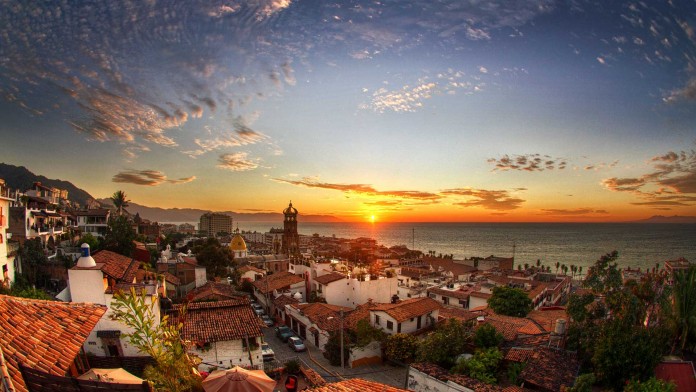
Mexico is a big country with two long coasts, mountain towns and colonial cities, plus Mayan ruins, jungle, rain forest, rivers, and lakes. It’s also the most accessible “overseas” haven from the United States. You could drive back and forth if you wanted.
For all these reasons, Mexico is home to the biggest established populations of American expats in the world, making it a great choice if you seek adventure with the comforts of home. Mexico is no longer a super-cheap option, but it is our top pick for enjoying a luxury coastal lifestyle on a budget, in Puerto Vallarta. Puerto Vallarta is more expensive than other places where you might consider living or retiring overseas, but in Puerto Vallarta that’s not the point. This isn’t developing-world living. This stretch of Mexico’s Pacific coastline has already been developed to a high level.
Life here can be not only comfortable but easy and fully appointed, with world-class golf courses, marinas, restaurants, and shopping. This is a lifestyle that is available only on a limited basis worldwide, a lifestyle that is truly (not metaphorically) comparable to the best you could enjoy in southern California if you could afford it. Here you can afford it even on an average budget.
11. Granada, Nicaragua
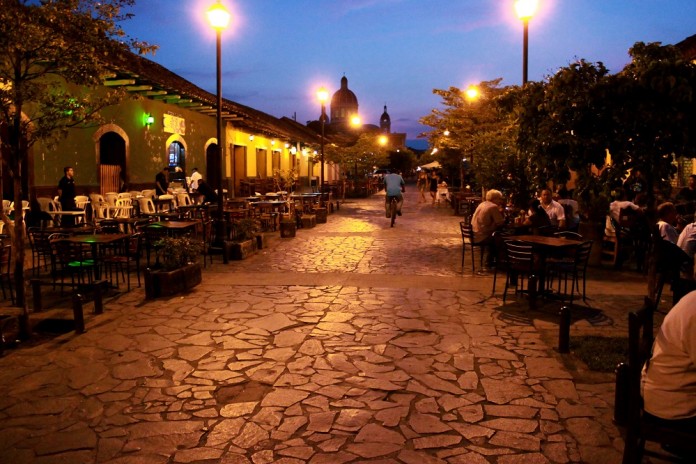
A Spanish-colonial city can be a great choice for retirement, and Granada, Nicaragua, is perhaps the queen among all Spanish-colonial city options. At the heart of this city, radiating from the central square, is a great variety of classic and charming Spanish-colonial homes with high ceilings, painted tiles, and private center courtyards. The best part is that you can own one for as little as $40,000.
Founded in 1524, Granada claims to be the first European city founded in mainland America, so it’s a truly old colonial city rather than a semi-modern lookalike. It’s named after the ancient city of Granada, Spain, and shares some of that city’s Moorish architectural influence.
Granada sits at the north end of Lake Nicaragua, with beaches near town and a group of small private islands just offshore, and just south of Lake Apoyo, Nicaragua’s largest volcanic crater lake. The international airport at Managua is a little less than an hour to the north, and the Pacific Ocean lies a little more than an hour to the west.
12. City Beaches, Panama

One of Panama‘s greatest assets is its beachfront. This is a little country with two long coasts and several clusters of outlying islands, meaning lots of different beaches, Pacific and Caribbean, touristy and undiscovered, developed and emerging, accessible and remote.
Among them all, the most convenient and comfortable is the stretch of Pacific coastline known as the “City Beaches,” thanks to their proximity to capital Panama City.
This strip of Pacific beach communities stretches from Chame to Playa Blanca. These are the beaches you can most easily escape to on a regular basis, and many Panama City residents do, driving out on Friday afternoons and returning Sunday evenings (making for mega-traffic headaches on the Pan American Highway and crossing the Bridge of the Americas during those times).














